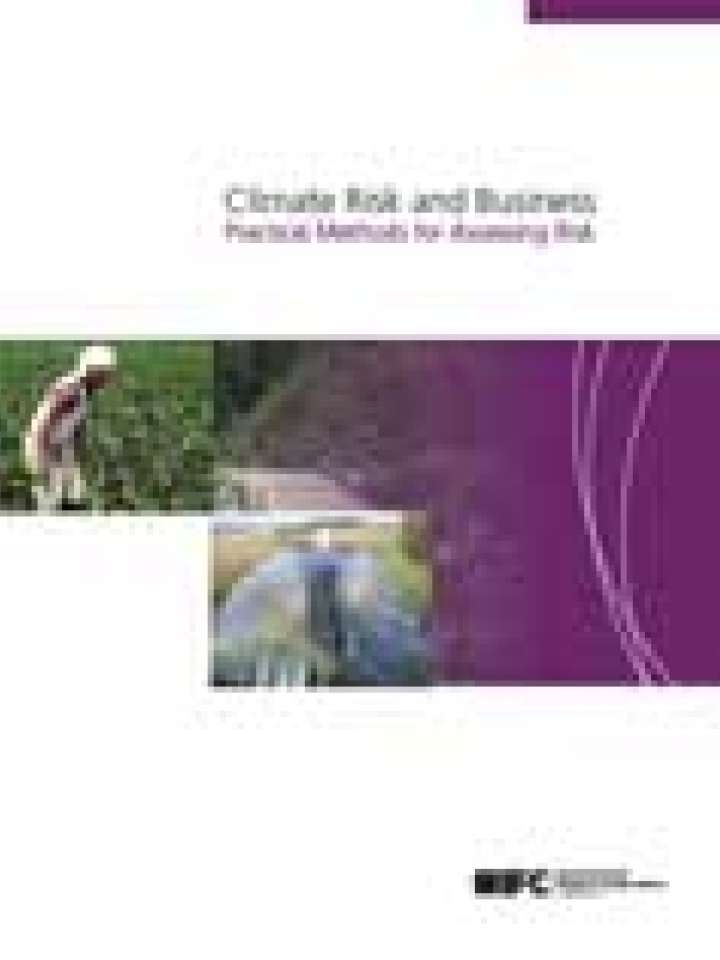Climate risk and business: practical methods for assessing risk
This publication aims to facilitate: (i) the understanding of gaps and barriers to climate risk analysis, (ii) the testing and development of risk evaluation methodologies, and (iii) the identification of possible adaptation responses and needs. It intends to provide information that reduces uncertainty about present-day and future climate-related risks through an overview of the approaches and challenges encountered. It contains tables summarizing the main results of the studies.
The lessons learned from the pilot studies highlight: (i) the link between the most significant climate risks and exacerbated existing climatic vulnerabilities, as well as the high sensitivity to changes in climatic factors of systems; (ii) the development of information on changes in the frequency and intensity of extreme climatic events (e.g., heavy rainfall or major flooding), and potential impacts and consequences for a business' operations; (iii) the use of downscaled projections of global climate models for regions where these models are in good agreement to better understanding of changes at a local level; and (iv) the use of publicly funded research to develop understanding of the relationships between climatic factors and their impacts on different systems and to build generic system models.
Explore further
